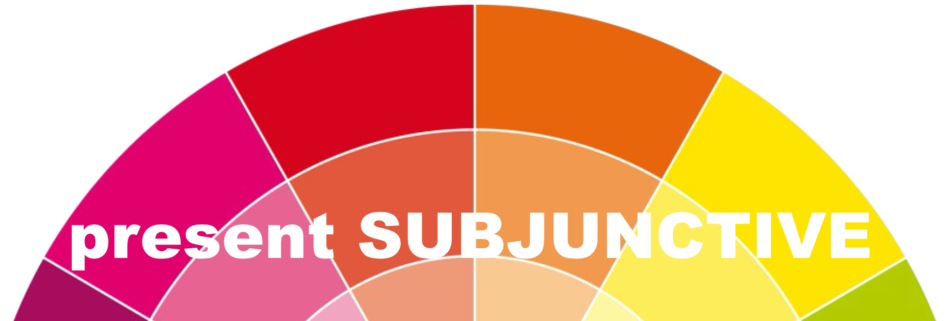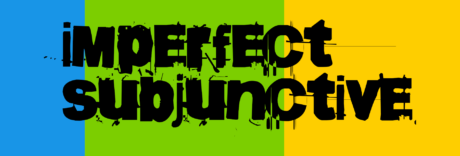Using the Present Subjunctive
Portuguese uses the Subjunctive mood to indicate something is uncertain to happen or to have occurred. There are 3 different degrees of uncertainty: (1) extremely unlikely, (2) plausible, (3) likely.
The Present Subjunctive is used for case (2): actions that are plausible, yet have not yet occurred. Use this tense to talk about things that are uncertain to happen right now ~ in the present.
Let's use it:
You're at the beach and your friend says, I hope that you have a pair of sunglasses! It's uncertain and, the context is right now.
*HYPOTHETICAL situations include those that express desire, emotion, improbability, give commands, and to express an opinion.
You're at a restaurant and there's a man at a nearby table smoking. You say to your dinner companion, Don you want me to talk to him?
Literally: Do you want that I talk to him?
When learning becomes a pleasure...
Goals happen. Semantica: Learning a language never felt so good.

Triggers for the Present Subjunctive
espero que; caso que; é importante que; é possivel que; é necessário que; are triggers for this tense. Notice the que: that.
I remember it like this:
HOPE, WANT, NEED, » present subjunctive.
It's hard to think about any sentence using these phrases that wouldn't be uncertain or hypothetical! I can only imagine cases in the past tense, but not in the present. BTW, we'll get to the future tense in another post (the future subjunctive).
Let's look at some common examples...
Examples of the Present Subjunctive
*DIRIGIR is irreulgular. The eu form is, eu dirijo.
What about DOUBT?
Look what happens when you trade think for doubt:
I think that... ➜➜ certain
I doubt that... ➜➜➜ uncertain
As soon as you introduce DOUBT, it requires the present subjunctive. Doubt and uncertainty are one and the same.
These examples are in the present: NOW. You will use this tense in conversations. When we're talking with someone, we're mostly talking about events happening at the moment: NOW.
Forming the Present Subjunctive
Figure out what the "eu" version of the verb is and flip the vowel at the end to:
e for ar verbs ➜ fale;
a for er & ir verbs » coma ➜ durma
| that I, you, he, she, we speak | eu, você, ele, ela, a gente fal | e |
| that I, you, he, she, we eat | eu, você, ele, ela, a gente com | a |
| that I, you, he, she, we sleep | eu, você, ele, ela, a gente divid | a |
Knowing the eu, você, ele, ela, a gente conjugations (all the same!) will get you through most any situation. Take a glance at the other conjugations (nós,vocês, eles, elas ETC) if you're curious.
The hard part is that you need to quickly recall what the 1st-person present root is. Because that's the part that gets the a or e added to it. For regular verbs like FALAR, COMER, DIVIDIR it's clear. For irregular verbs, it's going to take some practice. Let's look at the forming of both regular and irregular verbs in the present subjunctive.

 the Future Subjunctive
the Future Subjunctive  the Imperfect Subjunctive
the Imperfect Subjunctive
Comentários